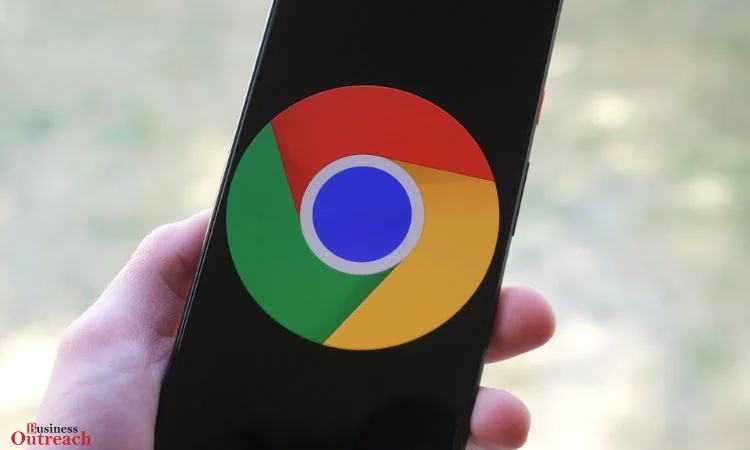In a digital landscape where cybersecurity threats loom large, a recent report by the CERT-In (Indian Computer Emergency Response Team) has sent shockwaves through the tech industry. The report highlights a critical vulnerability that affects Google Chrome, potentially putting Siemens products at risk of hacking. Let’s delve into the intricacies of this alarming revelation.

The CERT-In’s warning underscores the gravity of the situation. Google Chrome, a ubiquitous web browser used by millions worldwide, is susceptible to a vulnerability that could allow malicious actors to execute arbitrary code. This vulnerability, labeled as CVE-2024-450, poses a significant threat not only to individual users but also to organizations that rely on Siemens products, as it could potentially compromise their systems.
Siemens, a global powerhouse in industrial automation and digitalization, is no stranger to cybersecurity concerns. The integration of its products with Google Chrome adds another layer of complexity to the equation. With industries relying heavily on Siemens technologies for critical infrastructure, any vulnerability in the ecosystem could have far-reaching consequences, from manufacturing plants to power grids.
The vulnerability in question stems from a flaw in the way Google Chrome handles certain URLs. By exploiting this flaw, attackers could craft malicious links that, when clicked by unsuspecting users, could trigger the execution of arbitrary code on their systems. This code could be used to steal sensitive information, disrupt operations, or even take control of industrial processes, posing a significant risk to both data security and public safety.
The CERT-In’s warning serves as a wake-up call for both Google and Siemens to address this issue promptly. While Google has already released a patch to fix the vulnerability in Chrome, the onus is now on Siemens to ensure that its products are updated to mitigate the risk effectively. However, the process of patching industrial systems is often more complex and time-consuming than updating consumer software, raising concerns about the potential window of exposure.
Moreover, the interconnected nature of modern technology means that vulnerabilities in one system can have ripple effects across entire ecosystems. In this case, the integration of Google Chrome with Siemens products creates a symbiotic relationship that could amplify the impact of any security breaches. As such, a coordinated response from both companies, as well as affected users and organizations, is imperative to minimize the risk and safeguard against future threats.
Beyond the immediate concerns raised by this vulnerability, it also highlights broader issues surrounding cybersecurity in the digital age. As our reliance on technology grows, so too does the sophistication of cyber threats. From state-sponsored hackers to cybercriminal syndicates, the adversaries targeting our digital infrastructure are relentless and ever-evolving. Addressing these threats requires a proactive approach that prioritizes collaboration, innovation, and continuous improvement in security practices.
In conclusion, the CERT-In’s warning about the vulnerability in Google Chrome underscores the critical importance of cybersecurity in today’s interconnected world. With Siemens products potentially at risk, the need for swift action and collaboration between stakeholders cannot be overstated. By staying vigilant, addressing vulnerabilities promptly, and adopting best practices in cybersecurity, we can mitigate the risks posed by malicious actors and safeguard our digital future.















